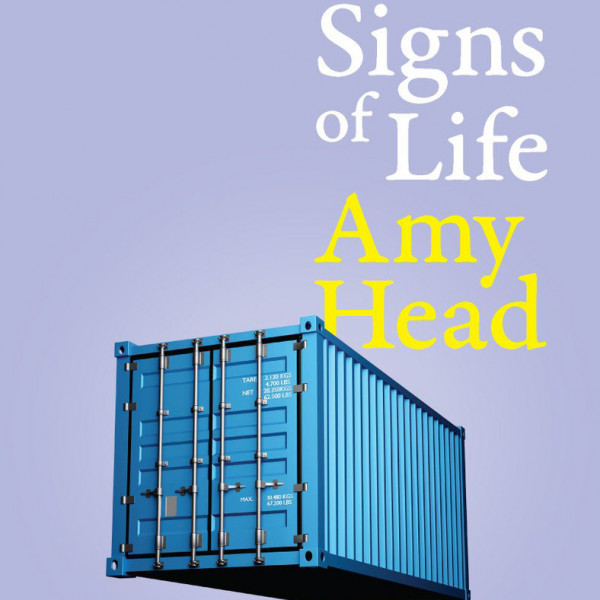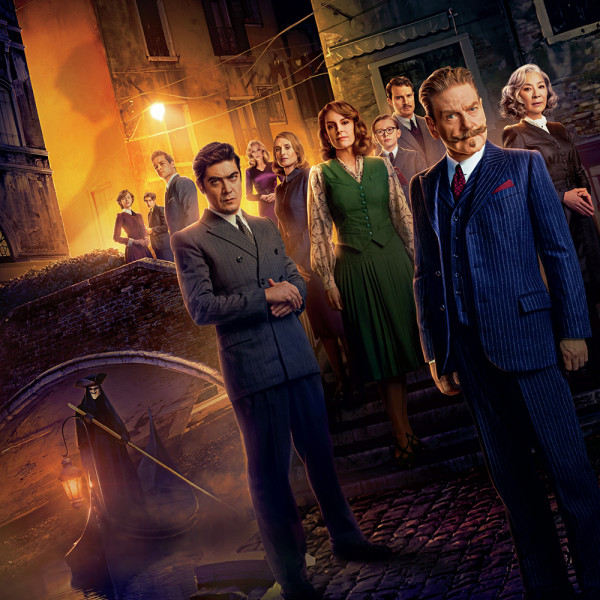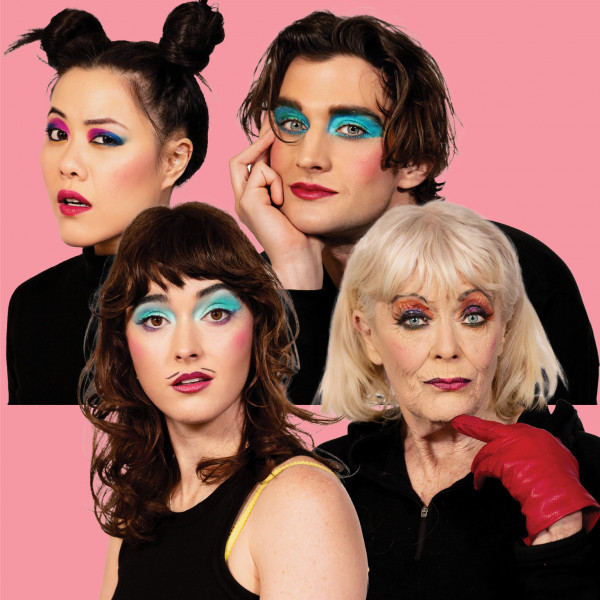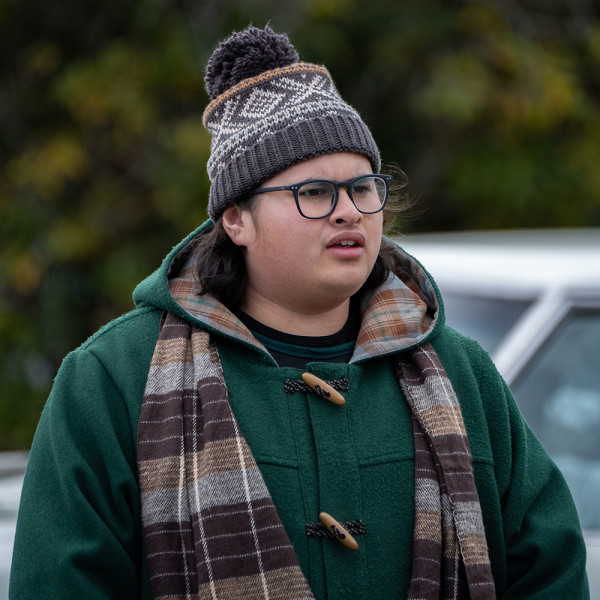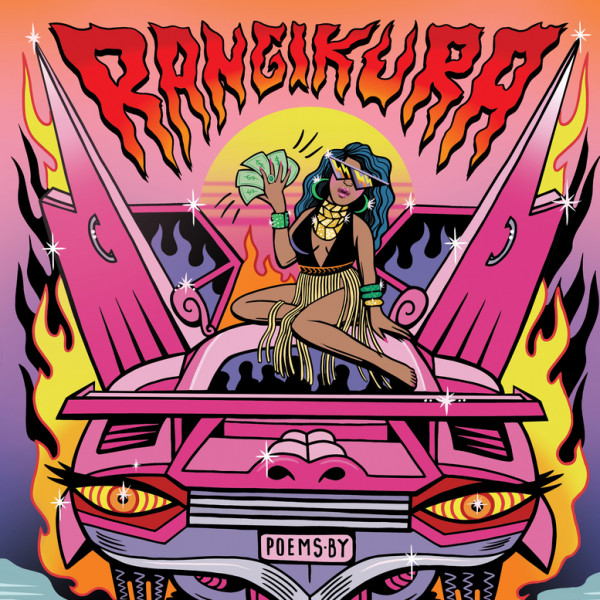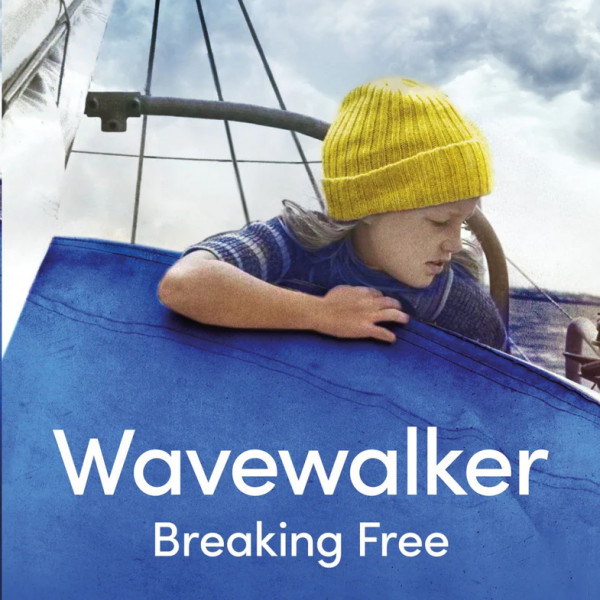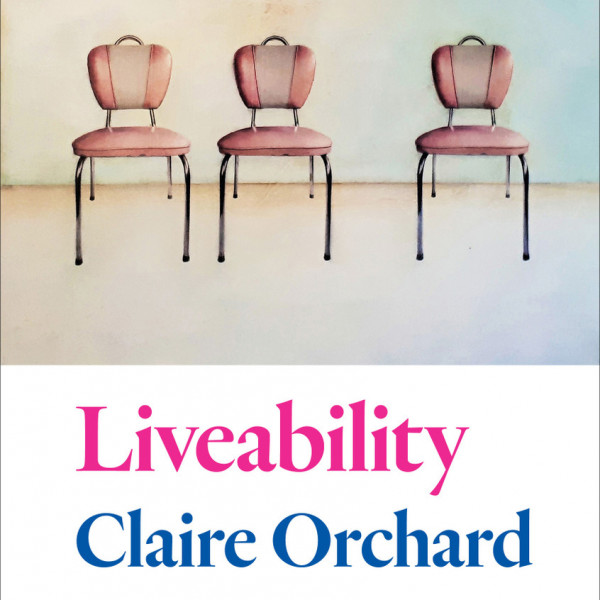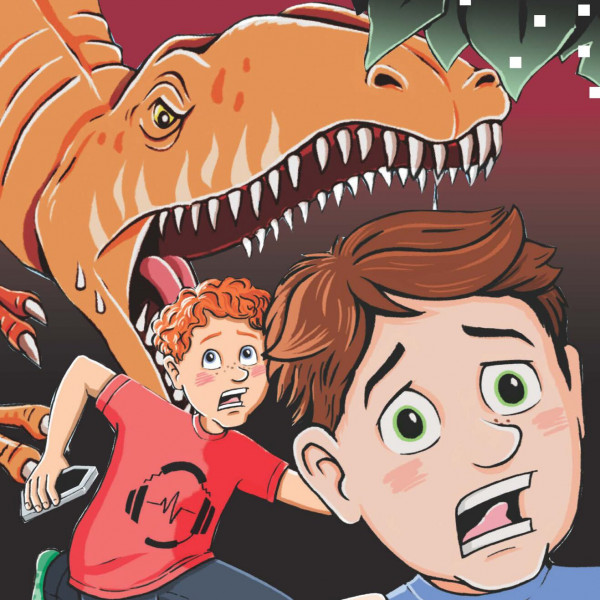
On the back cover of Game On: Glitched, author Emily Snape says she finds lots of inspiration for her books from her three children. It certainly shows. Their influence is apparent in the absurdity of some of the storylines, like solving riddles while painstakingly dodging woolly mammoths and other fabulously out-there scenarios that will pique a child’s interest and appeal to their youthful humour. In Glitched, Snape continues her winning formula from the first book in the Game On series, Shrinkle.
Finding a discarded phone in the recycling bin might be a bonus to most kids, but for brothers Liam and Max, when it comes from the recycling bin of their blue-haired eccentric neighbour and suspected ex-CIA employee, Ms McBoob, then it has the potential to lead them into all sorts of trouble... as they soon find out.
The fun begins when they discover a mysterious app, appropriately named Glitched. Like a red rag to a bull, the time-travelling app – which will see the boys unceremoniously thrown into a world of different time periods where dangers are rife – is too hard to resist.
The app levels (chapters) get more and more adsurd as they are thrust into competing time periods of the Middle Ages, walking amongst the Romans, deciphering Latin, and hoping not to have to use latrinas or have their heads bitten off by a ravenous Neovenator (a genus of carcharodontosaurian theropod dinosaur, according to Wikipedia). Solving riddles will be the brothers’ only redemption and finding a way out will be fraught with all manner of icky things.
It’s the history lesson the boys never knew they needed, and a nail-biting race against the clock to get back home before their phone battery dies. Game On: Glitched is action-packed and not for the faint-hearted.
The 10-year-old critic of the house was most impressed, especially with two brothers going rogue, where landing in a Roman arena at the mercy of wild boars is just one of the many terrifying feats to escape.




